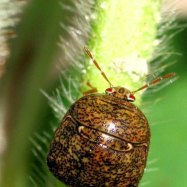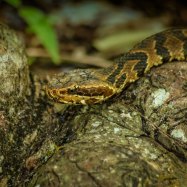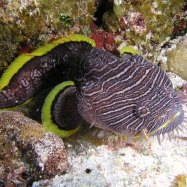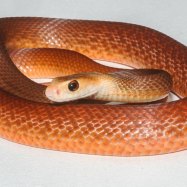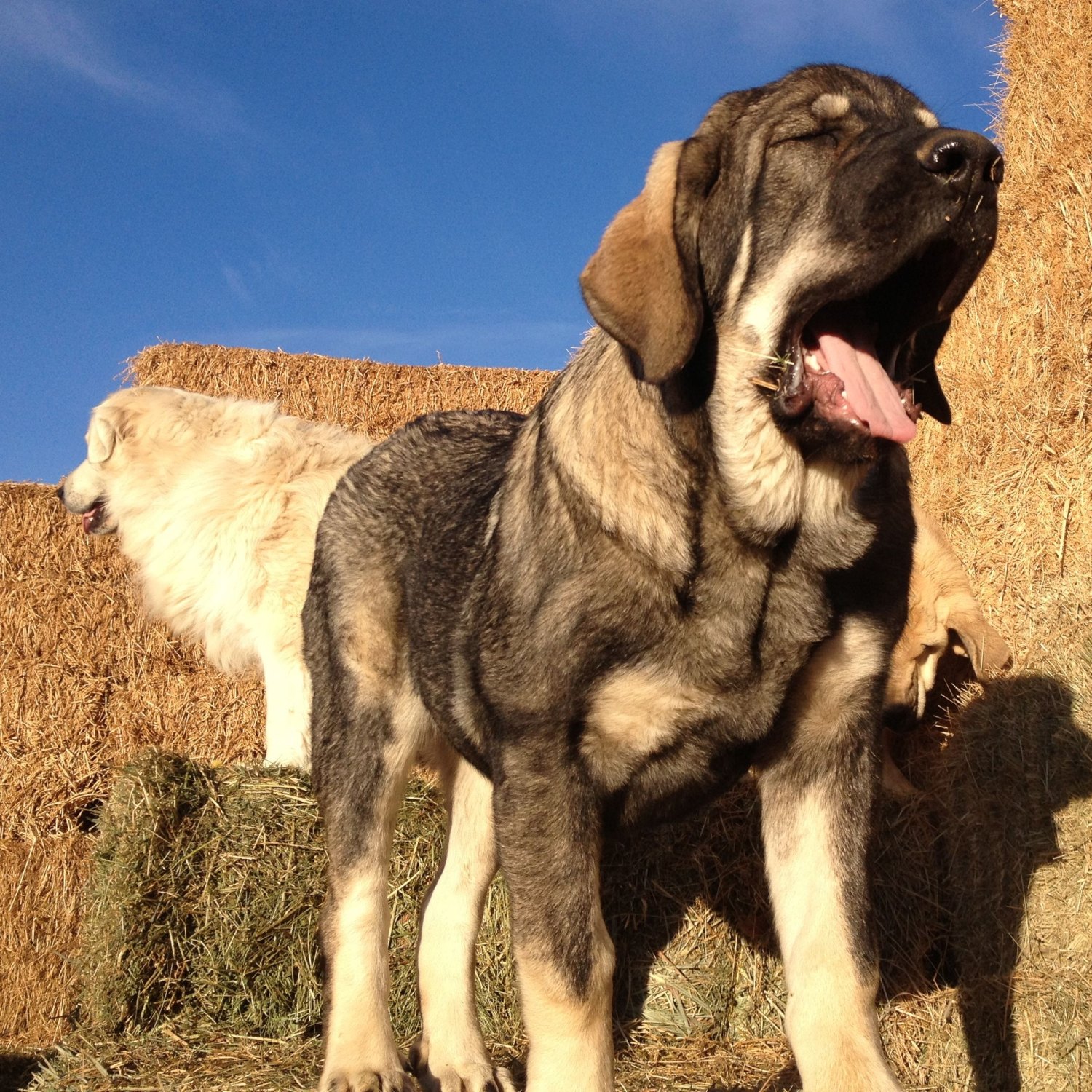
Spanish Mastiff
Up to 35 inches (88 cm)
The Spanish Mastiff is a powerful and majestic breed of dog originating from the Iberian Peninsula. Known for their large and strong bodies, they can reach up to 35 inches in length. They belong to the Canidae family and are highly valued for their loyalty and protective nature. Considered one of the largest dog breeds in the world, the Spanish Mastiff is a popular choice for guard dogs and family pets.
Animal Details Summary:
Common Name: Spanish Mastiff
Kingdom: Animalia
Habitat: Mountains, countryside, farms
The Mighty Guardian of Spain: The Spanish Mastiff
From the stunning landscapes of the Iberian Peninsula emerges a large and powerful guardian, known for its loyalty and protective nature. This majestic animal is the Spanish Mastiff, a canine breed that has been revered for centuries for its impressive strength and courage. This article will delve into the fascinating characteristics of the Spanish Mastiff and explore how this breed has earned its place as one of the most beloved and respected dogs in Spain.The Spanish Mastiff, scientifically known as Canis lupus familiaris, is a member of the Canidae family, which includes other canines such as wolves and foxes Spanish Mastiff. However, unlike its wild counterparts, the Spanish Mastiff has been domesticated and has become a cherished breed in Spain. Its common name, "Spanish Mastiff," is a fitting tribute to its country of origin, as it has been deeply ingrained in the culture and history of Spain for centuries.
This magnificent animal can be found in various habitats in Spain, including mountains, countryside, and farms. Their natural inclination towards these environments is due to their history as livestock guardians. The Spanish Mastiff has been bred for hundreds of years to protect and defend their herd against predators such as wolves and bears. This role was vital in early Spanish agriculture, where livestock was a crucial part of the economy.
In terms of physical appearance, the Spanish Mastiff is an impressive sight. They are large and robust with a muscular build, and can weigh up to 220 pounds (100 kg). Their height can reach up to 35 inches (88 cm), making them one of the tallest dog breeds in the world Spanish Mackerel. Their body shape is massive and strong, designed to withstand the rough terrains and predators they may encounter while protecting their flock.
One of the most distinctive features of the Spanish Mastiff is its dense and long coat, which comes in various shades of fawn, black, and brindle. This coat serves as protection against the elements and provides insulation during the colder months. Another notable feature is their large, expressive eyes, which convey their intelligence and gentle nature. Despite their formidable appearance, the Spanish Mastiff is known to have a kind and calm temperament, making them excellent companions and guardians.
As descendants of wild carnivores, the Spanish Mastiff has maintained its carnivorous feeding method, which consists of a diet mainly based on meat. In the past, they would hunt for their food, but as domesticated dogs, they are usually fed a balanced diet of high-quality dog food. Due to their large size and significant energy needs, it is essential to monitor their food intake and provide them with enough exercise to maintain a healthy weight.
The Spanish Mastiff can only be found in one country, Spain, and has become an iconic breed that is deeply intertwined with the country's history and culture. Their presence in Spanish folklore and literature is a testament to the impact they have had on the nation. They have even been officially recognized by the Spanish government as a breed of "Special Protection of the Country."
One of the most intriguing aspects of the Spanish Mastiff is its ability to adapt to different lifestyles and environments. Although their natural habitat is in rural areas, they can also thrive in urban settings, as long as their needs for space and exercise are met. This breed is not suited for apartment living, and a spacious yard is essential for their physical and mental well-being. They also require regular exercise to maintain their muscular build and prevent obesity.
While the Spanish Mastiff is known for its quiet and calm demeanor, they possess a powerful and commanding bark. This is one of their most valuable defense mechanisms, as the mere sound of their bark is usually enough to ward off potential threats. They also have a strong protective instinct which makes them excellent guardians of their owners and their territory. Their fierce loyalty and protective nature have made them trusted and cherished guardians not only in Spain but also around the world.
In terms of health, the Spanish Mastiff is a relatively healthy breed with an average lifespan of 10-12 years. However, they can be prone to certain health issues, including hip dysplasia, bloat, and eye problems. Regular visits to the veterinarian, a balanced diet, and plenty of exercise can help prevent and manage these health concerns and contribute to a long and healthy life for this magnificent breed.
In conclusion, the Spanish Mastiff is a remarkable animal, deeply ingrained in the history and culture of Spain. Their adaptation to different environments and their incredible protective instinct have made them valued and cherished by their owners. With proper care and love, this loyal and gentle breed can continue to be a vital part of Spanish culture for generations to come.

Spanish Mastiff
Animal Details Spanish Mastiff - Scientific Name: Canis lupus familiaris
- Category: Animals S
- Scientific Name: Canis lupus familiaris
- Common Name: Spanish Mastiff
- Kingdom: Animalia
- Phylum: Chordata
- Class: Mammalia
- Order: Carnivora
- Family: Canidae
- Habitat: Mountains, countryside, farms
- Feeding Method: Carnivorous
- Geographical Distribution: Spain
- Country of Origin: Spain
- Location: Iberian Peninsula
- Animal Coloration: Various shades of fawn, black, or brindle
- Body Shape: Large and strong
- Length: Up to 35 inches (88 cm)
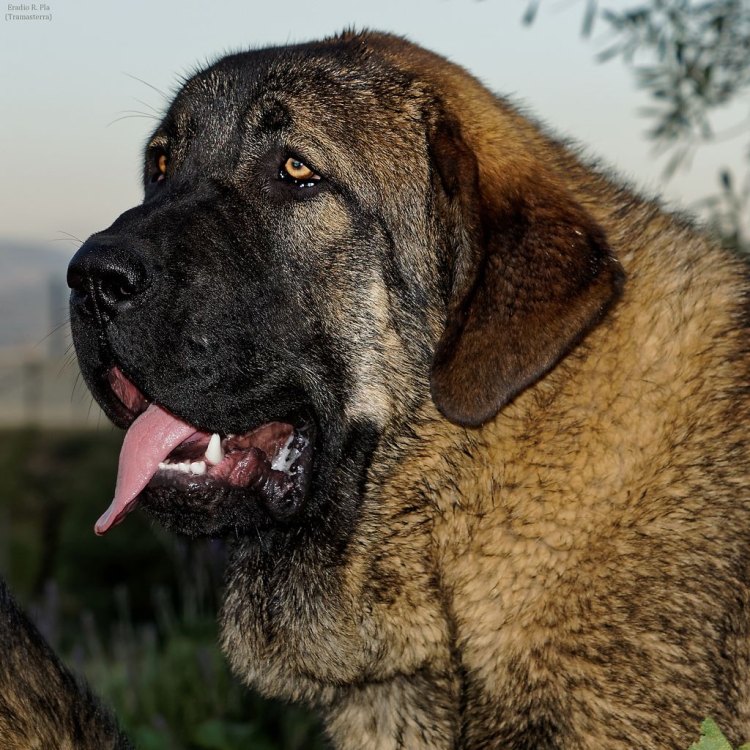
Spanish Mastiff
- Adult Size: Male: 30-35 inches (76-88 cm), Female: 28-33 inches (71-84 cm)
- Average Lifespan: 10-12 years
- Reproduction: Sexual
- Reproductive Behavior: Mating season is usually in the winter
- Sound or Call: Deep, booming bark
- Migration Pattern: Non-migratory
- Social Groups: Can be independent or form packs
- Behavior: Protective, courageous, calm
- Threats: None known
- Conservation Status: Not evaluated
- Impact on Ecosystem: Keeps livestock safe from predators
- Human Use: Guard dog, livestock guardian
- Distinctive Features: Large size, loose skin, and a massive head
- Interesting Facts: The Spanish Mastiff is one of the largest dog breeds in the world
- Predator: Not known to have natural predators
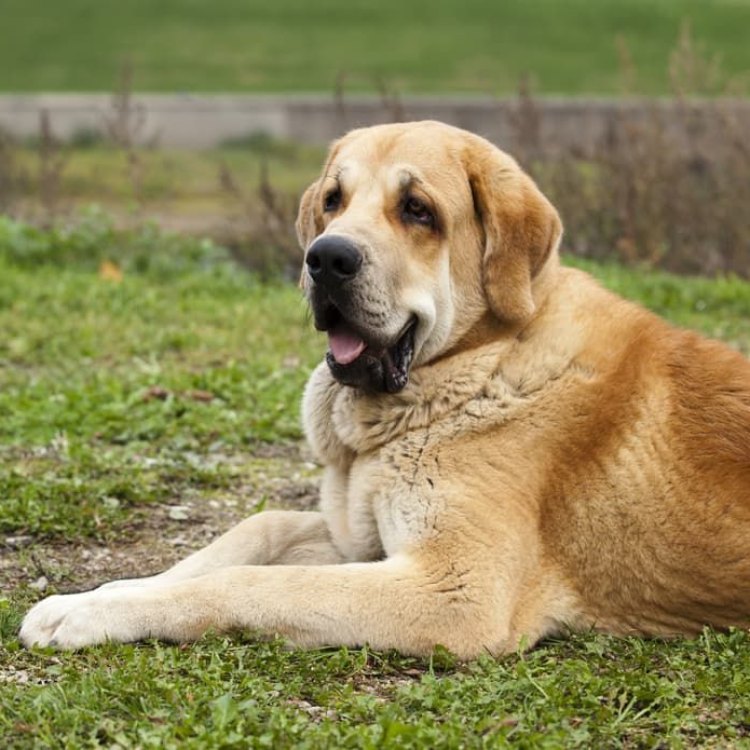
Canis lupus familiaris
The Mighty and Majestic Spanish Mastiff - A Fearless Guardian of Livestock
The rolling hills of the Spanish countryside are home to many amazing creatures, but there is one that stands out among them all - the Spanish Mastiff. This magnificent and powerful breed has captured the hearts of all who have encountered them, with their imposing size and gentle demeanor. From their impressive appearance to their role in protecting livestock, the Spanish Mastiff is truly an exceptional creature.Adult male Spanish Mastiffs can reach an impressive height of 30-35 inches (76-88 cm) while females average between 28-33 inches (71-84 cm) PeaceOfAnimals.Com. Their large size, combined with their athletic build, gives them an intimidating presence. In fact, these dogs can weigh up to 200 pounds (91 kg)! Despite their size, they are known for their calm and gentle nature, making them a popular choice as family pets.
But just how long can you expect to share your life with one of these giant canines? The average lifespan of a Spanish Mastiff is between 10-12 years. This may seem short compared to smaller dog breeds, but it is fairly common for larger dogs to have a shorter lifespan. Proper care, nutrition, and regular exercise can help extend the lifespan of these beloved dogs.
When it comes to their reproductive behavior, the Spanish Mastiff follows the same pattern as most mammals - sexual reproduction. However, what makes them unique is their mating season, which typically occurs in the winter. During this time, the males will become more territorial and protective, while the females will become more receptive to potential mates.
One of the most distinctive features of the Spanish Mastiff is their deep, booming bark Swai Fish. This serves as a warning to any potential threats and can be heard from a great distance. This loud call, along with their sheer size, make them excellent guard dogs. They also have a keen sense of hearing, further aiding them in their protective role.
Unlike some animal species that migrate seasonally, Spanish Mastiffs are non-migratory. They can usually be found in their familiar territory, guarding their flock or home. However, they are not solitary animals and can form social groups with other dogs, whether they are independent or form packs.
This breed's behavior is often described as protective, courageous, and calm. Their primary role as a guardian dog is deeply ingrained in their instincts, making them excellent at protecting their territory and those under their care. They are also loving and gentle with their families, making them an ideal choice for households with children.
While many animals have natural predators, the Spanish Mastiff is not known to have any. This is likely due to their imposing size and protective nature. In fact, they were once trained to defend livestock from wolves, bears, and other predators. With their fearless attitude and fierce loyalty, they were able to keep their flock safe from harm.
As a breed, the Spanish Mastiff is not currently evaluated for conservation status. This is likely due to their large population in the Spanish countryside, where they have been an integral part of the ecosystem for centuries. However, it is important to note that their role in protecting livestock has a significant impact on the ecosystem.
These dogs are known for their loose skin, massive head, and imposing presence. Their coats can range from shades of black, gray, fawn, or reddish-brown with a thick undercoat, protecting them from inclement weather. This distinctive appearance has earned them the nickname "gentle giants."
Despite their impressive size and fearless reputation, the Spanish Mastiff also has a gentle side. This breed is known for its love and devotion to its human family and can make a wonderful companion to those lucky enough to share their lives with one.
In Spain, the Spanish Mastiff has been used for centuries as a livestock guardian and continues to play a critical role in protecting herds and flocks from predators. Their immense size and loyalty make them the perfect breed for this responsibility. They use their thick coat to withstand harsh weather conditions and their loud barks to alert their human counterparts of potential danger.
In addition to their traditional role as a guard dog, the Spanish Mastiff's protective instinct has also made them popular as a guard dog for homes and properties. Their formidable size and booming bark are enough to keep any intruder at bay. And while they may take their job very seriously, they are still gentle and loving towards their family and friends.
In conclusion, the Spanish Mastiff is a breed that truly stands out among others. From their impressive size and distinctive features to their fearless and protective nature, they are a source of fascination and admiration for dog lovers around the world. Whether they are protecting livestock or guarding the home, they are a breed that can be counted on to rise to any challenge with grace, strength, and loyalty. The Spanish Mastiff truly is a remarkable and noble creature, a testament to the strength and beauty of nature.
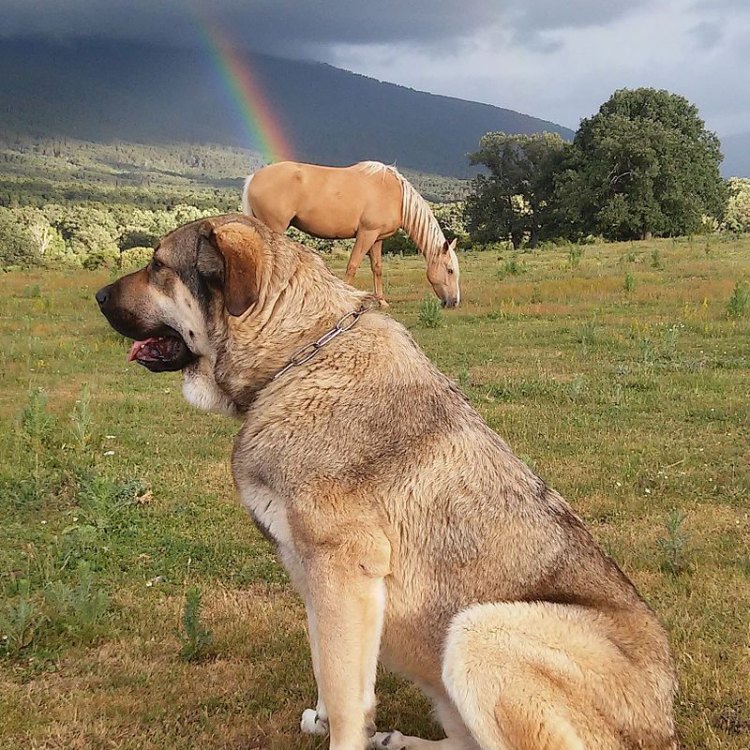
The Mighty Guardian of Spain: The Spanish Mastiff
Disclaimer: The content provided is for informational purposes only. We cannot guarantee the accuracy of the information on this page 100%. All information provided here may change without prior notice.

